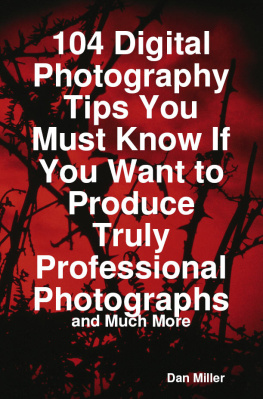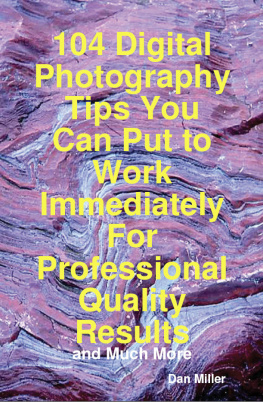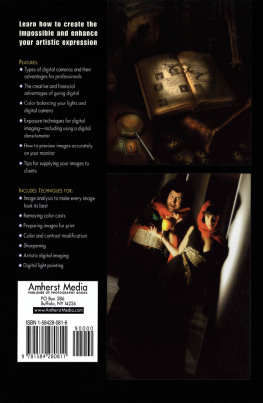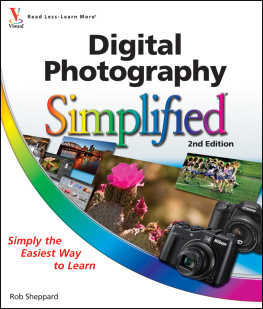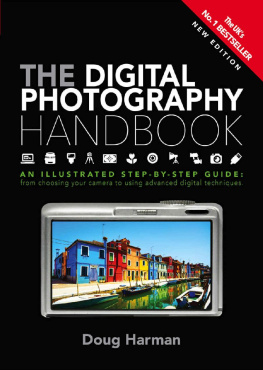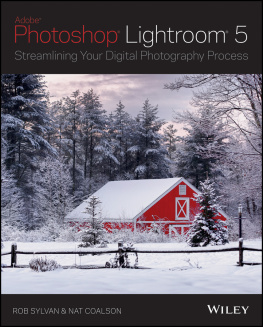All rights reserved. No part of this publication may be reproduced, stored in a retrieval system, or transmitted in any form or by any means, electronic, mechanical, photocopying, recording or otherwise, without the prior permission in writing of the copyright owner and publisher.
The picture credits constitute an extension to this copyright notice.
Every effort has been made to contact copyright holders. However, the publishers will be glad to rectify in future editions any inadvertent omissions brought to their attention.
Quercus Editions Ltd hereby exclude all to the extent permitted by law for any errors or omissions in this book and for any loss, damage or expense (whether direct or indirect) suffered by a third party relying on any information contained in this book.
A note on this ebook
If you are reading this ebook on a monochrome device, then all the information and instructions within this book will, of course, still apply. However, for full enjoyment of the images, you may prefer to view some sections of the book on a colour screen. This can be achieved by downloading your devices app or software for free onto your PC, Mac or tablet.
How to be a digital photographer
Digital photography offers many advantages practically, technically, creatively and even economically over traditional film photography. Over 98% of cameras sold today are digital, but it is the minority of photographers who make the most of the power at their disposal. With a digital camera, you can shoot and store hundreds of photos and high-quality video with sound at practically no cost; instantly review and re-shoot your images or video; achieve great picture quality; improve your images on computer, correcting badly lit pictures and even repairing old photos; adjust colours and apply special effects; or set up a photo website the possibilities are exhilarating and nearly limitless.
The Digital Photography Handbook will allow you to make the most of all the advantages your camera has to offer. Assuming no prior knowledge, it will help you quickly become a true digital photographer whether you want to improve your basic technique to get error-free holiday snaps or to learn professional photo techniques and image manipulation tips and tricks for maximum creativity.
This book will take you step-by-step through the four key areas youll want to master:
- Going digital the basics, including choosing a camera and equipment, and getting started
- Using your digital camera how to take great pictures
- The digital darkroom improving your images on a computer
- Output getting the best end result, on-line or in print
But although this handbook offers a complete beginners course in digital photography, you dont have to work through all of its pages to make progress. Each topic makes sense read individually, and you can use the table of contents and comprehensive index to jump to anything you want to know. Cross-references in italics direct you to any other useful topics related to a particular subject.



Wherever you start, this book offers comprehensive advice and is packed with information. But it also draws your attention to the most important things grey and black hint boxes give you instant dos and donts to improve your results. Blue highlight boxes are marked with an i and focus on the key techniques and knowledge for each topic, speeding up the learning process.
Whilst a beginners guide, The Digital Photography Handbook does not avoid any of the seemingly difficult concepts youll need to know. It demystifies traditionally complex topics such as pixels, depth of field, F-numbers and cloning, explaining them in simple language and demonstrating them in practical situations. Any key technical terms you come across can also be found in the glossary for quick reference. In addition, this book will take you, in illustrated steps, through numerous image editing examples, allowing even the novice computer user, working at their own pace, to produce professional results.
Your digital adventure begins here. Enjoy!
Doug Harman

Going digital
In this section, youll find all you need to get started, including:
How to choose the right camera for you
The basics digital camera features and operation, and camera care
Camera essentials what you need to know about memory cards, power and lenses
Advice on computers, software, printers and other useful equipment
Explanations of megapixels, focal lengths, zoom ratios, resolution, modes and menus, connection speeds, gigabytes, D-SLRs
Camera features explained
Digital cameras are designed to be familiar to anyone whos ever used a film camera. But they have many extra helpful features too
Most digital cameras have similar basic features. Here well introduce you to the typical features of a compact digital camera, and will go on to discuss more specialised functions later in the book. You should check the manual supplied with your camera to see which additional features your camera has.
AF assist emitter
This small port has an LED that can emit a beam of bright light to help focusing in low light situations and is also used to help reduce the redeye phenomenon.
Control dial
A dial (or wheel) turned with the thumb to adjust previously selected functions such as shutter speed.
Strap lug
Here you attach the camera strap, or the wrist strap on smaller compacts.
Lens
Most digital cameras come equipped with a zoom lens that enables more or less of a scene to be included by zooming in and out. These changes in focal length are reflected in the viewfinder and/or on the large display screen on the back of the camera.
Built-in flash
Most digital cameras have a built-in automatic flash unit that can be used to provide extra light if its dark, or to reduce shadows on heavily shaded subjects in bright sunlight.


